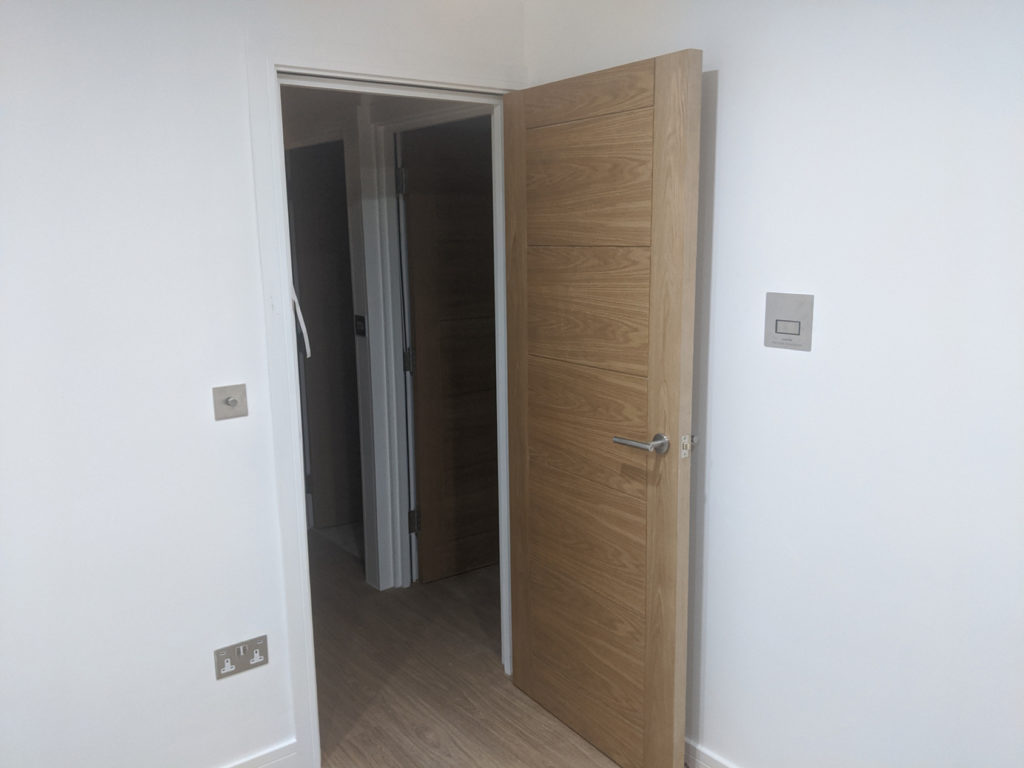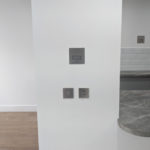Works to increase fire protection at two council homes in North Kensington have been completed. The Royal Borough of Kensington and Chelsea commissioned fire suppression specialist Plumis to retrofit its watermist technology to meet the individual fire safety requirements of its residents — as identified from person-centred fire risk assessments (PCFRA).
In 2020, the Council commissioned Plumis to install a pilot of its Automist Smartscan at a newly refurbished flat at Upper Camelford Walk. Familiar with the systems key benefits, the Council wanted to explore whether the system could be installed to meet the varying needs of its residents living in these two homes.
James Caspell, Neighbourhood Director at Lancaster West Estate for the Royal Borough of Kensington and Chelsea, said: “We needed to implement a system quickly and effectively, maximising our residents’ safety, but also without causing too much disruption.
“From our pilot installation, we knew that Automist would be relatively easy to install because it doesn’t require a tank or a water mains upgrade so it can also be retrofitted within a day or two, but the aesthetic of the wall mounted sprayheads also means it is discreet in comparison to other traditional fire suppression systems.”
 The first home identified as needing the installation of suitable, alternative fire safety systems was a maisonette on the Lancaster West Estate. Home to a family with three children with autism, concerns were raised about their sensitivities to loud and unexpected noise, and their potential reactions in the event of a fire.
The first home identified as needing the installation of suitable, alternative fire safety systems was a maisonette on the Lancaster West Estate. Home to a family with three children with autism, concerns were raised about their sensitivities to loud and unexpected noise, and their potential reactions in the event of a fire.
A second installation was required for a vulnerable resident living in one of the Council’s sheltered housing schemes nearby.
Automist was initially developed, to offer better protection specifically for those who may need more time to react to and escape from a fire.
The system’s electronic activation is designed to detect fires earlier and activate faster, tackling fires before they can grow and produce lethal volumes of toxic smoke. Watermist also helps to reduce temperatures and maintain survivable conditions, so people have more time to escape or be rescued.
Approved Automist installer Blue Light Safety carried out both installations — taking just over a day each to complete. Danny Smith, Director at Blue Light Safety, said: “This project is a great example of how innovative fire suppression methods can be used to not just provide increased protection, but to do so in a way that better supports the needs of the individuals occupying the property.
Yusuf Muhammad, Chief Design Officer and Co-Founder at Plumis, commented: “We’re really pleased that following our successful pilot installation with RBKC, we’ve been able to demonstrate how our system can offer increased protection for residents whose fire safety requirements are outside the parameters of traditional suppression systems.
“Well done to all involved and we look forward to working with RBKC on future projects aiming to enhance fire protection.”









